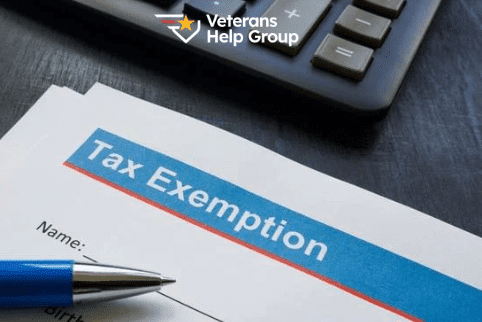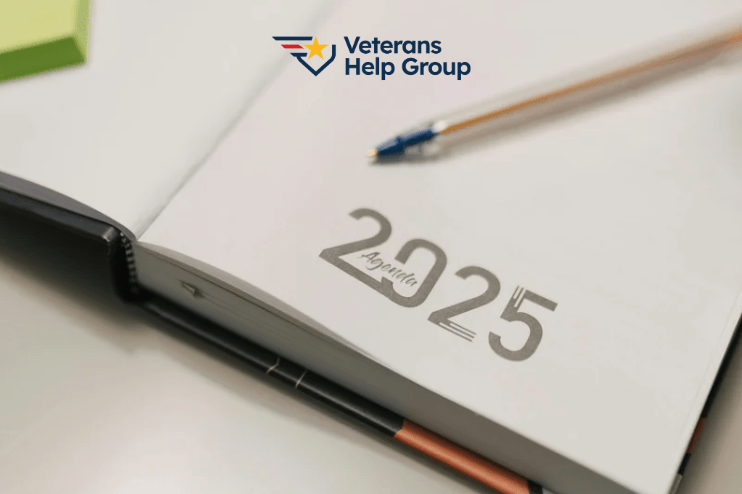
Table Of Contents
Chapter 31 (VR&E) and What You Need to Know about Your Benefits
Monthly monetary benefits and medical coverage get most of the attention when it comes to VA disability benefits. However, the VA offers a number of other important benefits. One of those is Veteran Readiness and Employment (VR&E) benefits.
Table of Contents
What is VR&E?
If you’ve been receiving VA benefits for a while, you may know these services as VA Vocational Rehabilitation and Employment Services. These services assist disabled veterans with training and other employment-seeking activities.
Who Qualifies for VR&E?
Any veteran who has received an other than dishonorable discharge and is rated at least 10% disabled for a service-connected disability may be eligible for VR&E services. However, the veteran must apply within 12 months of their VA rating determination or notification of separation from active duty.
Certain veterans who do not meet these requirements may be eligible if the VA finds that they face a serious employment handicap.
To apply for VR&E, a veteran is asked to complete a brief online orientation. After the orientation, a veteran who believes the services would be useful to them can apply by submitting VA Form 28-1900.
How Does VR&E Work For Veterans With A Disability?
When a veteran applies for VR&E, the VA conducts an evaluation. The assessment helps the VA determine things like the veteran’s existing abilities, whether the veteran’s service-connected disabilities are an obstacle to finding employment using the skills they already have and realistic goals for the future.
If the VA determines that the veteran is eligible for VR&E, what happens next varies. The veteran will be placed in one of five tracks, based on their current aptitudes, obstacles, and goals.
These include:
- Reemployment
- Rapid access to employment
- Self-employment
- Employment through long-term services
- Independent living
The services and support offered in each track are tailored to the end goal. For instance, the rapid access to employment track focuses on job search assistance, resume help, and other support geared toward getting into the workforce. However, the self-employment track involves more training and preparatory work.
What if Your Application for VR&E Was Denied?
As with most types of VA denials or negative determinations, an experienced advocate can help you explore your options and determine the best way forward. Depending on the circumstances, that may mean asking the VA to reconsider or pursuing an alternative path. For example, if the VA determines that your disability is too severe for you to benefit from VR&E, you may want to consider pursuing TDIU classification to increase your benefits.
To learn more about what Veterans Help Group can do for you, call (855) 855-8992 or click here to fill out our contact form.
Read More Here:
- HOW TO INCREASE YOUR VA DISABILITY RATING FROM 80% TO 100%
- PTSD AND VETERANS: UNDERSTANDING THE 100% DISABILITY RATING REQUIREMENTS
- DIFFERENT TYPES OF 100% VA DISABILITY RATINGS
- THE DIFFERENCE BETWEEN 100% FOR UNEMPLOYABILITY AND 100% DISABILITY RATING
- 50% VA DISABILITY RATING EXPLAINED
- WHAT DOES IT MEAN TO HAVE A 100% VA DISABILITY RATING?
- WHAT BENEFITS DOES A 60% VA DISABILITY RATING GET?

VA Disability Benefits and Tax Exemptions: What You Should Know
VA Disability Benefits and Tax Exemptions: What You Should Know Written by: Schuyler Swanton,...

Veterans Help Group In The Community
Veterans Help Group in the Community Written by: Bobbi Boudi, Director of Community Outreach, Amy...

The Veterans Appeals Efficiency Act of 2025
The Veterans Appeals Efficiency Act of 2025 Several bills are currently pending in Congress that...





